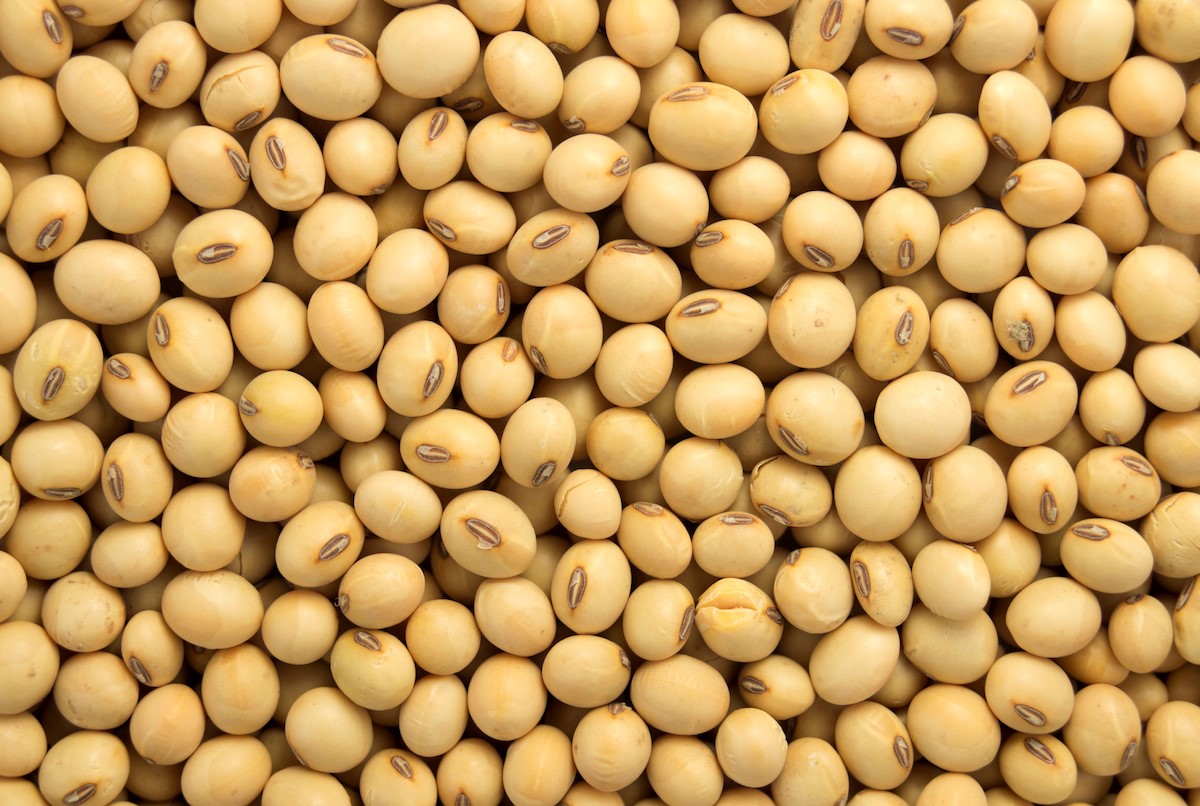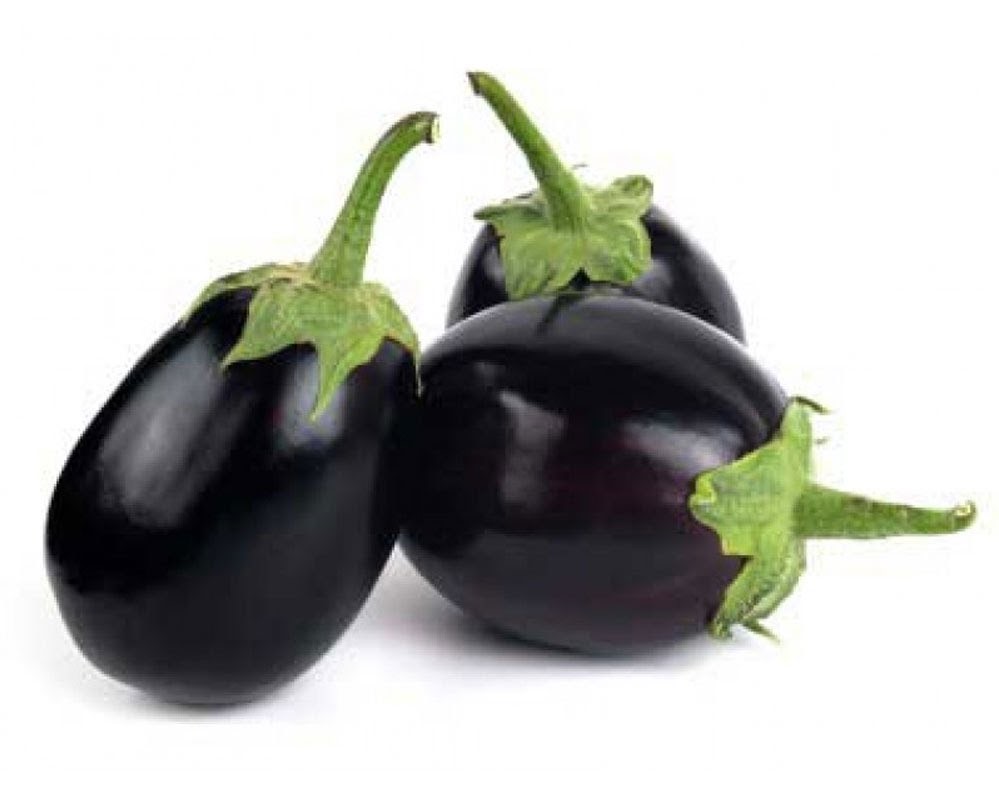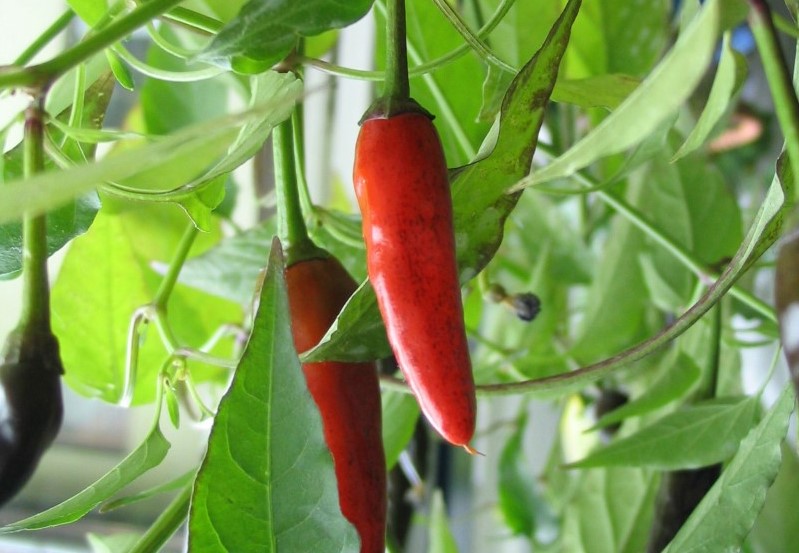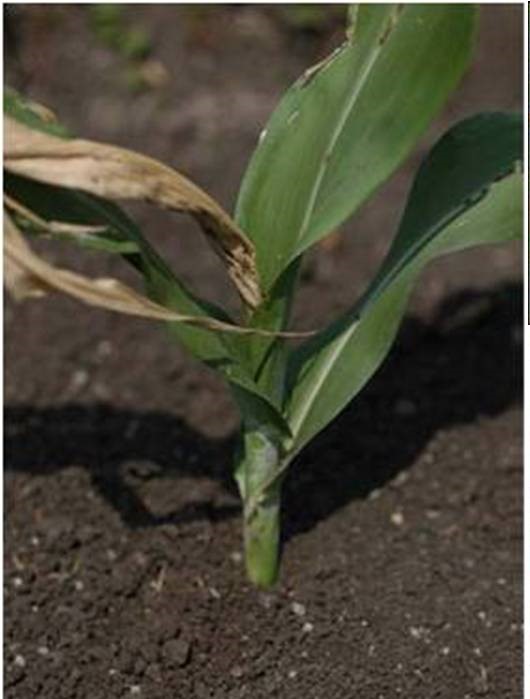- To take more yield of maize, the balanced fertilizers should be applied.
- Apply well rotten FYM @ 8-10 tonnes/acre in the field before 12-15 Days before Sowing.
- At the time of sowing, Apply (urea @ 65 kg/acre + DAP @ 35 kg/acre + MOP @ 35 kg/acre + carbofuran @ 5 kg/acre from the basal dose.
- After 15-20 DAS, Apply MgSO4 @ 10 kg/acre + ZnSO4 @ 07 – 10 + Mycorrhiza @ 4 kg/acre.
- If the bed system of sowing is followed, apply the micronutrient mixture over the furrows.
Like and share with other farmers by clicking on the button below.
Share







